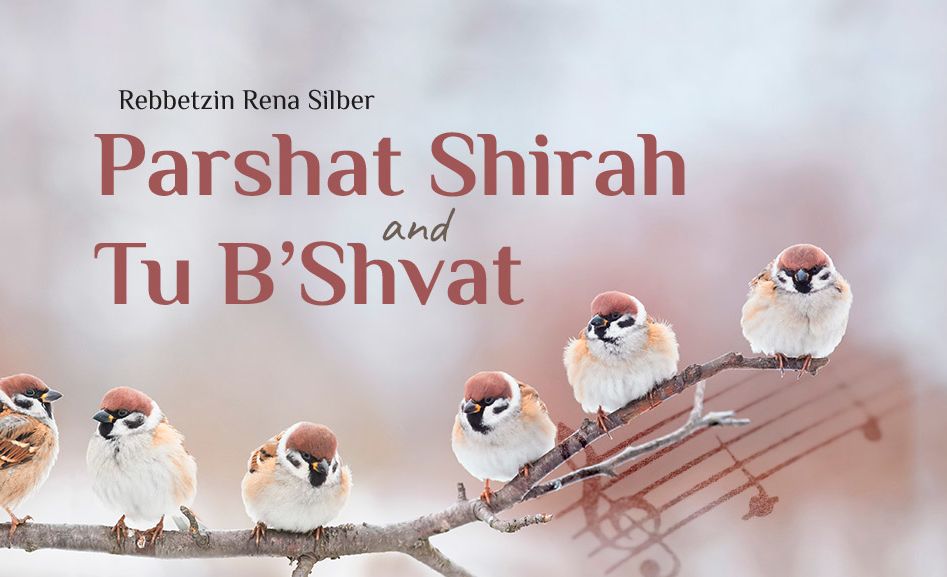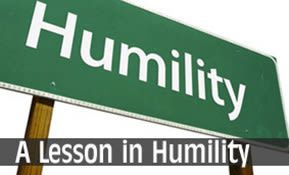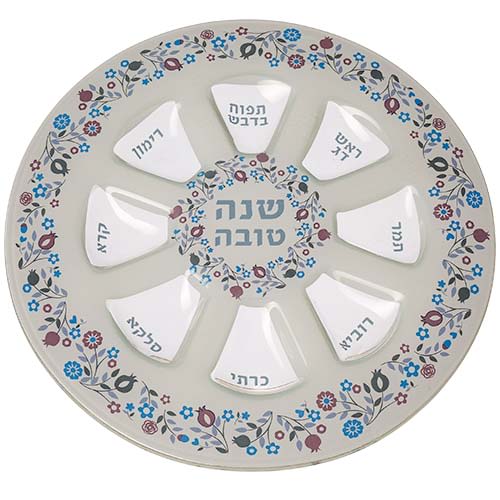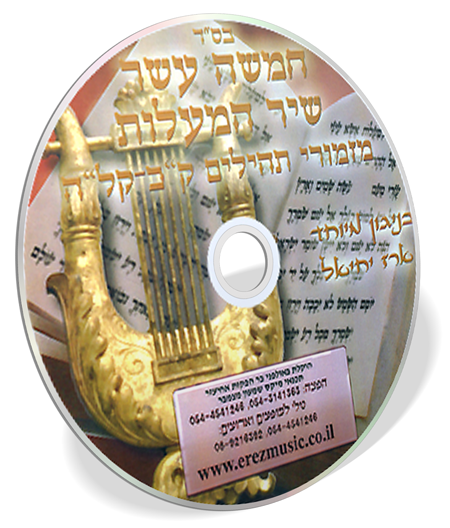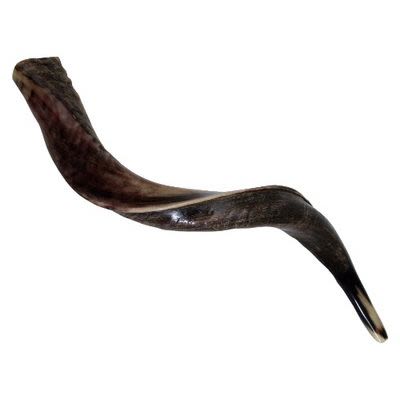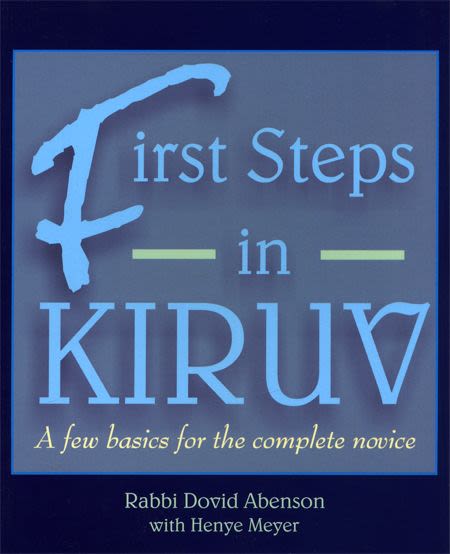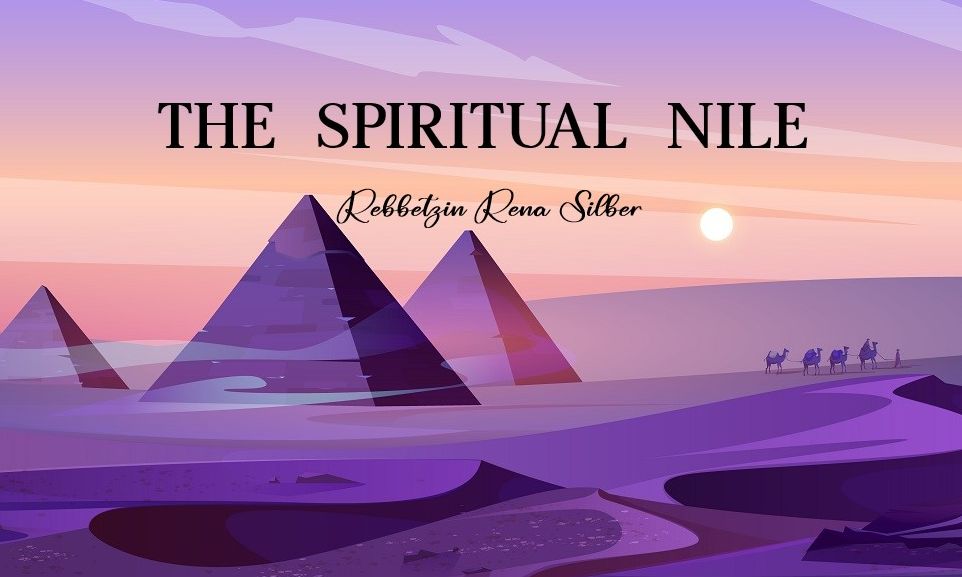
Shemot: The Spiritual Nile
We can understand why Pharoah ordered all of the baby boys to be thrown into the Nile, but why did he specifically order all of the girls to live?

This parsha begins with listing the seventy souls of Yaakov’s (Jacob’s) family that went down to Egypt. This is the beginning of the Egyptian exile, whose ultimate purpose is the redemption and elevation of the Jewish People. Rebbe Nachman of Breslev teaches that every yerida (spiritual falling, including the spiritual decline of exile) is for the sake of the awaited aliyah (spiritual elevation). However, any spiritual growth and betterment has prerequisite challenges. If we realize that challenges do not exist in a vacuum, that they are the first step to geula, redemption, then the pain vanishes. Our personal exiles are often self-created. Joy and emuna are the weapons to disintegrate suffering.
When Pharaoh’s astrologers told him that a boy will be born among the family of Israel who will be a threat to his dictatorship, he commanded the two chief Jewish midwives to kill every male infant. Pharaoh commands them, “Im ben hu, vahamiten oto, v’im bat hi, vachaya.” “If the baby is a boy, kill him; and if it is a girl, let her live” (Shemot 1:16). Pharoah ordered the midwives to kill the male infants, while allowing the female infants to survive.
The Jewish midwives, Yocheved (Shifra) and her daughter, Miriam (Puah), refuse to be intimidated. They do everything in their power to make sure that every Jewish baby lived and thrived. When Pharaoh expresses his displeasure, they excuse themselves, explaining that the Jewish women don’t need their services; the women give birth before they arrive.
A Spiritual Nile
On the day that the astrologers predicted the birth of the future leader of the Jewish People, Pharaoh orders, “Kol haben hayilod, hayeora tashlichuhu, vechol habat techayun,” “Every boy born is to be thrown into the Nile River, and every girl born is to be made to live” (Shemot 1:22).
We can understand why Pharaoh wanted the baby boys thrown into the Nile – he was afraid of the child that would threaten his kingship. Why, however, did he give orders to ensure that the baby girls survive? Why did he say “techayun,” “made to live?”
Another question: Pharaoh ordered that the male infants be thrown into the Nile, which was nothing less than the Egyptian deity! The Egyptians worshiped the Nile! Wasn’t it sacrilegious for them to kill the male infants by throwing them into what they believed to be god?
The Nile was the source of the Egyptian economy. Our rabbis tell us that since very little rain fell in Egypt, Egypt depended on the Nile for its water supply. The Nile was the source of the country’s sustenance.
The Lubavitcher Rebbe points out that from Pharaoh’s perspective, allowing the girls to thrive was equally as important as making sure that the boys do not survive. While the boys were physically drowned in the Egyptian’s source of monetary strength, the girls were to be spiritually drowned in the river of materialism. They were to be brought up believing in the power of things. Pharaoh tried to assimilate the girls into the culture and belief system of Egypt. He wanted to drown them in the impure waters of his materialism. He believed that he could succeed in influencing them to give up spiritual pursuits in favor of attaining money and power. Pharaoh assumed that in their desire for financial security, the Jewish women would intermarry with the Egyptians. He thought they would submerge their identities and become one with the people of Egypt.
Rashi tells us that causing a person to sin is even worse than murdering that person. Pharaoh’s decree for the Jewish girls was even harsher than that of their brothers. Had Pharaoh’s plan succeeded, God forbid, our Nation would have disappeared.
In the Merit of the Righteous Women
The Gemara in Sotah teaches that the generation of Egypt was redeemed in the merit of the righteous women. The future redemption will also come about in merit of the righteous Jewish women.
The Torah gave the Jewish midwives, Yocheved and Miriam, the names Shifra and Puah. These names are descriptive of their work and were earned by their loyal service to the Jewish People. The Hebrew letters of the names Shifra and Puah can be rearranged to spell “osher Pharaoh,” “the wealth of Pharaoh.” These two righteous women had the inner strength to ignore the wealth and defy the power of Pharaoh, the world-wide dictator. As a result of their bravery, the process was begun by which the wealth of Egypt was redeemed and elevated.
The letters of Shifra and Puah can also be rearranged to spell, “VePar’oh rusha,” “and Pharaoh is evil.” Shifra and Puah were able to see through Pharaoh’s facade of glamour and power and resist corruption. They understood that Pharaoh was evil.
In addition to doing everything in their power to make sure the male infants survived, Shifra and Puah did not give out information that would lead to the newborn girls being abducted and assimilated into the surrounding corrupt culture. They guarded their tongues! Through the power of their speech, they waged a personal war to strengthen the Jews’ emuna, faith. Our rabbis tell us that they spoke to each woman individually, encouraging her to continue doing her part to build the Jewish nation. They created an army of strong women who were able to bring their husbands and households to a firm belief that Hashem would help them, and that the redemption was imminent.
Shifra and Puah share the letters peh and heh, which spell peh,” “mouth.” These two women used their power of speech to educate, inspire, and guide the Jewish women. They were “poh” “present” for the women in their time of challenge.
According to the Ari, the letter peh, in Ketav Ashurit (the print used in Mezuzot and Sifrei Torah), is written in such a way that the letter beit is inscribed within the peh. The house (bayit, which consists of the same letters as beit) follows the mouth (peh, which also means mouth). A woman’s speech determines the atmosphere of her home.
The verse says, “Va’ya’as lahem batim,” “Hashem gave them houses.” Rashi says that these houses were the kingdoms of the Levis, Kohanim, and Kings. Dovid Hamelech (King David) and his eternal dynasty descended from Miriam (Puah), while Yocheved (Shifra) mothered the Kohanim and Leviim. Although these two remarkable women were born and died in exile, they birthed the entire generation of women who entered Eretz Yisrael.
The Power of Tehillim
Rebbe Nachman has a famous teaching on the first verse of this Parsha. The Torah states, “Ve’ayleh shmot benai Yisrael habaim Mitzrayma, et Yaakov ish uveiso…” “And these are the names of the sons of Israel who came to Egypt; with Jacob, each man and his household (came)” (Shemot 1:1). The final letters of the first five words can be rearranged to spell the word “Tehillim,” “Psalms.” The final letters of the next five words can be rearranged to spell “Teshuva,” “repentance.” The total number of letters in the names of the tribes that are mentioned in the subsequent verses is forty-nine. Rebbe Nachman explains that there are forty-nine paths to Hashem (see Pirkei Avot). We need to find and follow the path that corresponds to the root of our soul. How do we find our path? Through Tehillim! Tehillim is the key to the forty-nine gates that lead us to truth.
I once brought several students to Rabbi Yaakov Meir Schechter, a great Breslever rabbi in Yerushalayim. During the few seconds it took between the time one girl left the room and the other came in, he would say a verse or two of
Tehillim. When I asked him about this, he said that he completed countless books of Tehillim just by grabbing a verse or two whenever he had a free second.
Exile as a Prerequisite to Redemption
The word for exile, galut, shares the same root – gal – as the word for redemption, “geula.” The common root, gal, means cycle. Galut, exile, and geula, redemption are a cycle; galut always gives birth to geula.
The five famous women mentioned this week in the parsha are Yocheved (Moshe’s [Moses’] mother), Miriam (Moshe’s sister), Elisheva (Aharon’s wife), Batya (Pharaoh’s daughter, and Moshe’s foster mother), and Tzipporah (Moshe’s wife). The first letters of their names can be rearranged to spell “Bi ometz,” “strength is within me.”
These five women succeeded in conveying to our people, amid the suffering of the Egyptian exile, an inner strength. They imbued their emotionally and physically exhausted husbands with the strength and emuna to continue building our Jewish nation.
The first letters of these heroines’ names can also be rearranged to spell “Eim yatziv,” “a stable mother.” They encouraged the other women to continue, to keep living. They mentored motherhood in exile, and brought out the inner strength that is within each Jew.
The final letters of their names spell the word “hadim’ah,” “the tear.” Each of these Jewish heroines privately shed tears for the women they encouraged.
Outwardly, these heroines were pillars of strength, encouraging others. Inwardly, they understood their own frailty and turned to Hashem to ask Him for the courage to continue. They fully understood that the Egyptian exile was refining them, enabling the completion of the cycle of galut-geula, exile-redemption. They understood that the trials and tribulations of the galut was a prerequisite to redemption. In the merit of these women – of their Tehillim, of their stability and strength, of their heartfelt prayers — our nation was redeemed. May we merit the future redemption quickly and in our days. Amen.


